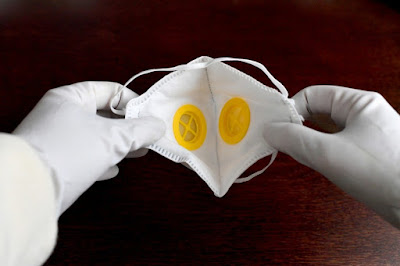The Black Death was responsible for killing thousands of people and depleting the populations during the Medieval age. It’s a popular disease that will forever be remembered as it made a cultural, political, economic, and religious impact on the masses. Why did the Black Death occur? Is it still around us? Will the epidemic ever come back? Read on to know more.
What is the Black Death?
The tragic mortal disease known as the Black Death spread across Europe in the years 1346-53. The frightening name, however, only came several centuries after its visitation. Also known as the bubonic plague, the epidemic is caused by the flea-borne bacterium Yersinia pestis. Before the symptoms kick in after being infected, there tends to be a two to six-day incubation period while the bacteria multiply inside the body. Once this is over, the sufferer is hit by headaches and chills. The lymph nodes also swell into blister-like lumps famously known as buboes, a classic symptom. Death occurs around two unpleasant weeks later.
The catastrophe was unlike any other. For instance, 60% of Florence died in just a few months. One important thing to remember in the Black Death is that it took some time for people to recognize that the disease was spreading and becoming an epidemic.
The Black Death went back and forth to England. The first wave stopped due to increased hygiene and quarantining, yet returned several times. In fact, the disease went back as late as 1900s in San Francisco, Madagascar, Russia, and China. Thanks to antibiotics such as streptomycin and tetracycline, insecticides, and eventual plague vaccines, the disease was easier to control and expel.
Black Death is said to originate in China, but new research shows that it began in 1346 in the steppe region, where a plague reservoir stretches from the north-western shores of the Caspian Sea into southern Russia.
Is the Black Death Still Here?
Times may have changed but the bubonic plague is just around the corner still. Some historians think that public health had improved to such an extent as to halt the spread of plague, especially through the systematic and effective use of sanitary legislation. Others point to evolutionary changes in humans, rodents or in the bacterium itself, but none of these claims seem to be holding up to recent discoveries in plague genetics.
The truth is, this disease still exists in some countries such as Central Asia. The plagues circulate among rodents, including the great gerbil. The fact that plague is transmitted by these animals means it is a disease of the warmer seasons, disappearing during the winter, or at least lose most of their powers of spread.
Could the Black Death Come Back?
Research suggests that climate change is one factor that makes us closer to experiencing another bubonic plague because of the warmth that encourages the disease to spread. Diseases like cholera break out more readily when waters warm up, and salmonella food poisoning is most active in the summer, so it’s likely that this plague could come back.
Also, climate change could affect the rodents who carry this plague. If the temperature rises, this may impact vegetation and food sources. With nothing to eat, these creatures would look to human populations for shelter and nourishment?
Lastly, antibiotic resistance would take us back to the “dark ages”. This rings true with the bubonic plague, which inflicted so much destruction during the Medieval era. That said, there is nothing else we could do but prep for such a situation and try to do our part in reducing the effects of climate change through wildlife conservation and going back to basics. Learn how to prepare for an epidemic now!
Learn More:
Reference Link: https://primitivesurvivors.com/will-the-black-death-come-back/

No comments:
Post a Comment